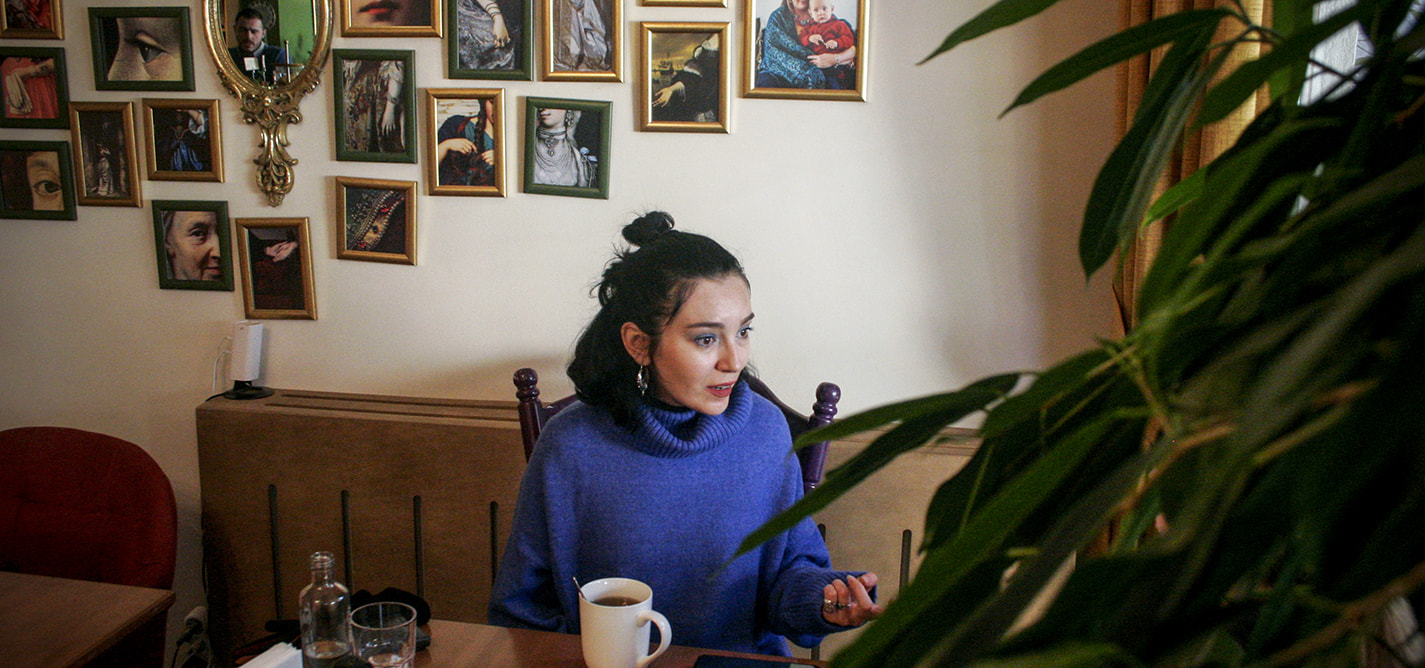
Ervina Halili: Rilindja is the only institution that has created a community of writers
The writer who created the Rilindja Archive speaks about the enterprise’s activity and the challenges she overcame while gathering material.
|28.12.2019
|
What hurts more is that we didn’t have collective literature before Rilindja.
When my Albanology friends would come here to study the image of Kosovo in Ali Podrima’s literary studies, they couldn’t find data anywhere.
In my opinion, Anton Pashku is the basis of modern literature in Kosovo, while his archive is the poorest archive which we possess.
In one of Fehime’s articles that are published in the Archive, she writes “the silence of my friends concerns me.”
Rilindja Archive does not only constitute historical value, but also civil and human value.

Medina Pasoma
Medina Pasoma is a student at the Faculty of Journalism and Education and works actively with literature. She is a mentee within K2.0’s Professional Shadowing Mentorship Program (second generation, 2019). She decided to take part in the program to start her career in journalism and to write about interesting current issues.
This story was originally written in Albanian.